In this post we’re going to shed light on something all cat parents should be aware of – whether or not snake plants are toxic to cats.
Snake Plants and Cats
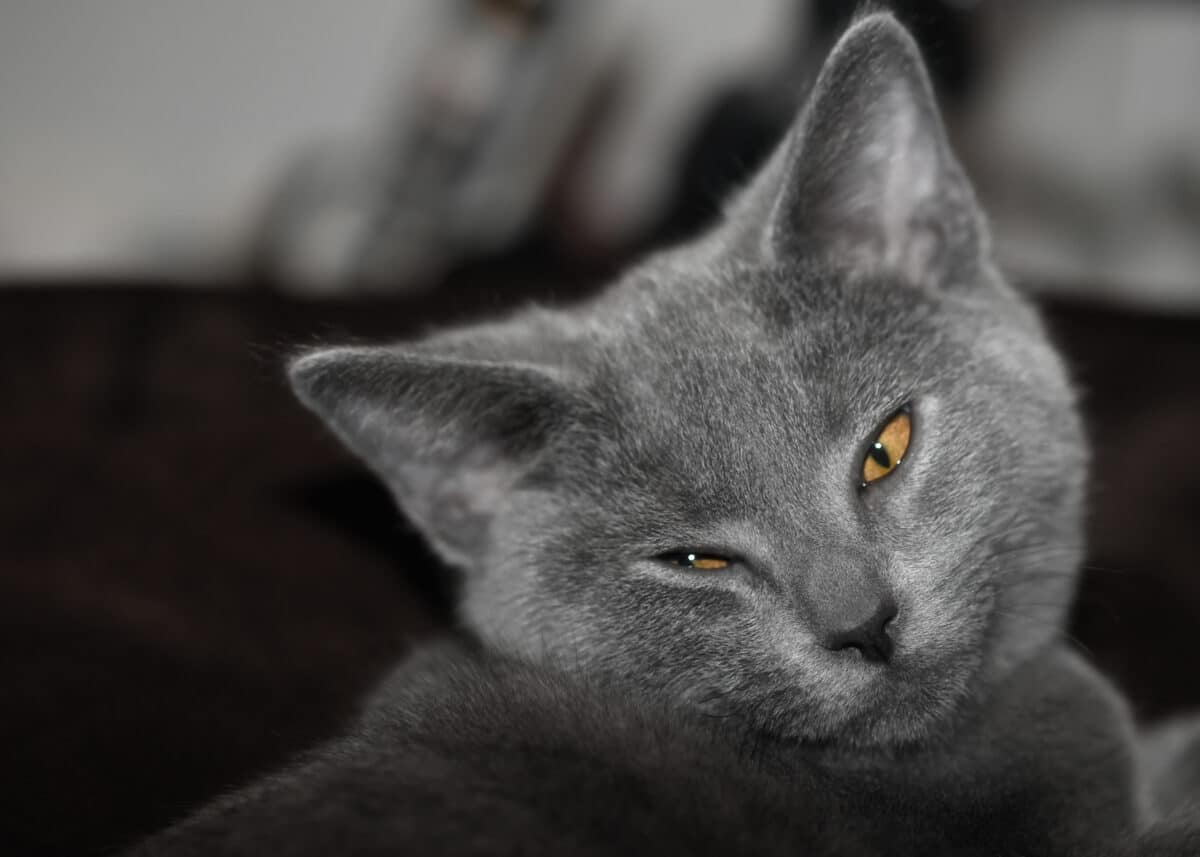
Are you both a snake plant and cat lover? If your house is full of adorable feline species coupled with a lavish green interior of snake plants, we may have bad news for you.
We understand that snake plants are super easy to take care of and look great in any room. But before you bring one home, you should know that these plants can cause some trouble for our feline friends.
If you’re wondering whether snake plants are toxic to cats – we’re here to bring you answers.
Snake plants contain a toxic group of compounds called saponins. These can be pretty dangerous for cats if they decide to take a bite. Saponins can lead to stomach aches, vomiting, and diarrhea. Not a very good scenario for cat owners, right?
To make matters even worse, these plants also have tiny little crystals called calcium oxalate. They can cause your cat’s mouth and tongue to swell up, making it hard for them to swallow. In really bad cases, it might make it hard for them to breathe.
Obviously, no one would want their precious kitty to go through this trauma. Consequently, you need to be mindful of your surroundings and keep your cat away from these danger zones.
But, before explaining how to keep your cat away from these toxic plants, let us first have an in-depth discussion of why snake plants and cats are not the best companions for one another.
Why Are Snake Plants Toxic To Cats?
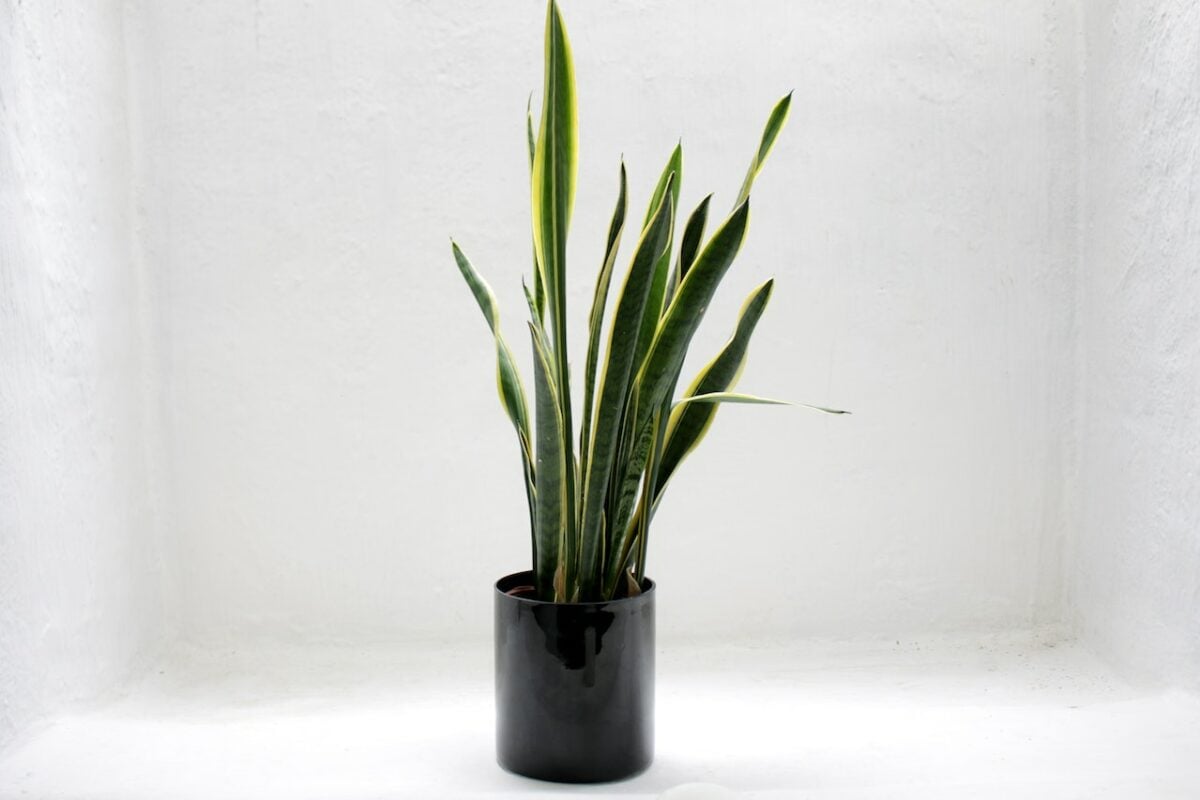
Similar to the defensive mechanism carried out by the immune system of a human being, some plants carry a similar trait of protecting themselves against foreign attacks.
Snake plants are one such species that release a toxic group of compounds called saponins in order to defend themselves.
Saponins are a type of glycoside. This is a naturally-occurring compound made up of one sugar molecule attached to a non-sugar molecule.
In the snake plant, saponins play the role of preventing harmful microbes and bugs from attacking it. While they may not be considered fatal to animals like cats, they surely affect their bodies adversely.
Once your feline friend takes a bite of the plant, it is probable that it will spit it away or stop biting further, as it will experience a bitter taste and a mild burning sensation.
However, if ingested, the saponins in a snake plant can cause a number of adverse reactions in cats. Symptoms include vomiting, diarrhea, and other gastrointestinal issues. Moreover, they may lead to more serious complications, such as the formation of bladder stones which may lead to urinary tract infections, blockages, and even death.
In addition, snake plants contain needle-like crystals called calcium oxalate. These can induce irritation and swelling of the mouth and tongue if ingested, which may lead to difficulties in swallowing and breathing.
Remember that the severity of the symptoms will depend on the amount of the plant consumed and your cat’s size and immune system. The smaller the fraction of plant ingested, the lesser the reaction. Similarily, the stronger the immunity, the better it helps your cat to recover.
Measures to Take When Your Cat Eats a Snake Plant
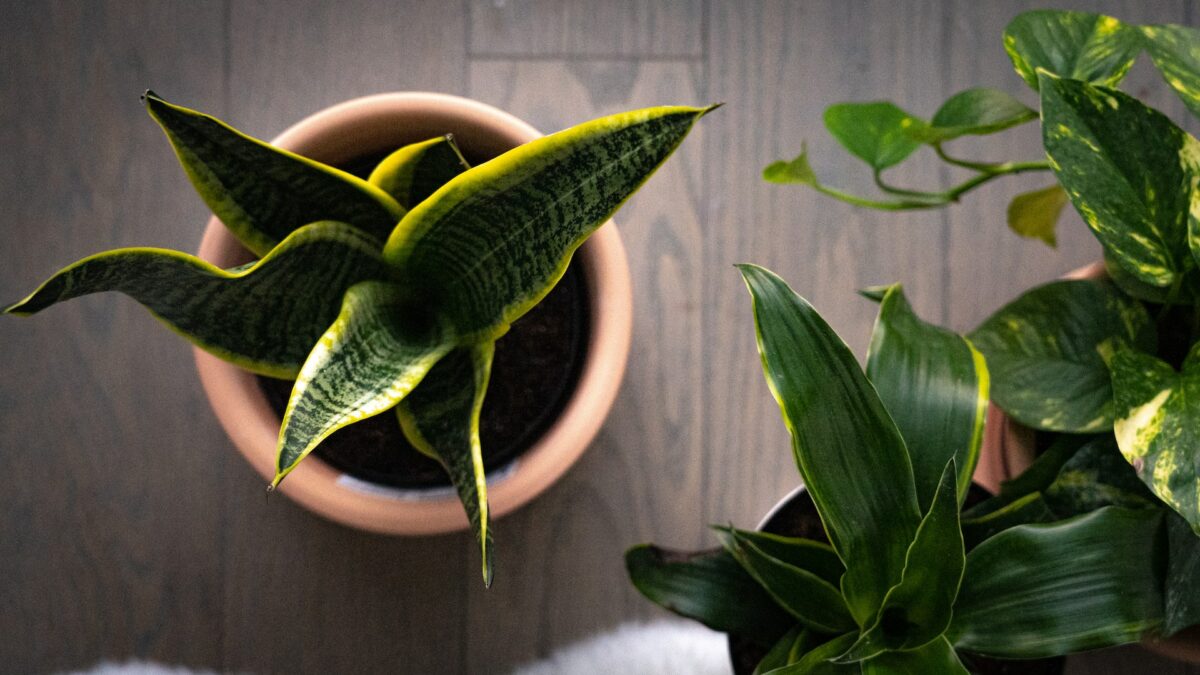
Now, we know what you might be thinking, “but my cat never eats plants!” Take it from us, cats are curious creatures, and they might be attracted to the snake plant due to its texture or smell or even to the soil or the pot itself. If you’re a cat parent, you will undoubtedly know that they are curious about almost everything and anything.
If your cat eats some of your snake plants, don’t worry too much. It may have consumed only a small amount of saponin and spitted out the rest. The symptoms may last for a day or two, leaving your cat perfectly healthy in a matter of days.
However, if your cat is suffering from some sort of chronic illness, the chances of an adverse reaction may increase. If you witness a severity in the symptoms, the first thing you need to do is to call your vet. Time is of the essence. The quicker you get your cat to the vet, the better their chances of recovery.
The vet will take a look at your kitty and determine the best course of action. Typically they induce vomiting to get rid of any remaining plant material in the stomach. They may also give activated charcoal to absorb any remaining toxins.
Moreover, if your cat is dehydrated or in shock, they may give fluids to rehydrate and stabilize them. The vet may also prescribe medication to alleviate symptoms and prevent any secondary complications.
Antispasmodics are given for abdominal cramps and pain, anti-nausea medication to prevent vomiting, antihistamines to prevent allergies, or antibiotics to treat any secondary infections.
Besides, it’s important to keep an eye on your kitty for a few days. Even if the symptoms have resolved, make sure there are no complications or recurrence of symptoms.
How to Keep Your Cat Away From Snake Plants?
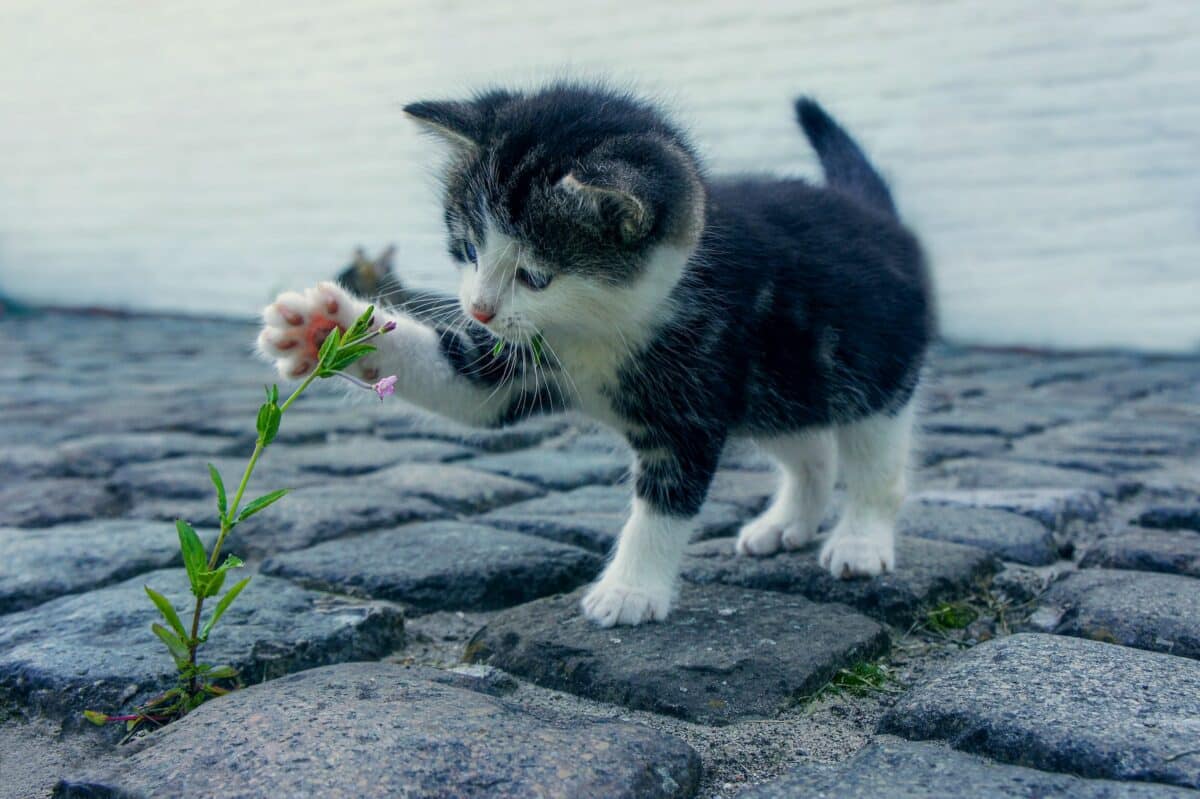
As the famous saying mentions, ‘better safe than sorry.’ Consider opting for a similar mechanism for your feline friend by preventing it from going near snake plants.
The following are some measures you can take to keep your furry and curious friend away from your snake plants:
#1 Keep Plants Out of Reach
The best way to keep your cat away from your snake plants is by keeping them in places where your cat can’t reach them. You can put them on high shelves, in cabinets, or even in rooms that are not accessible to your cat.
This way, your cat won’t be able to reach the plants even if they are curious about them.
#2 Use a Plant Stand
Another great way to keep your cat away from your snake plants is to use a tall plant stand. This will lift the plant up and out of your cat’s reach. It will also make it a less appealing target for your cat. This option also adds to the interior design of your home; a win-win!
#3 Use A Barrier
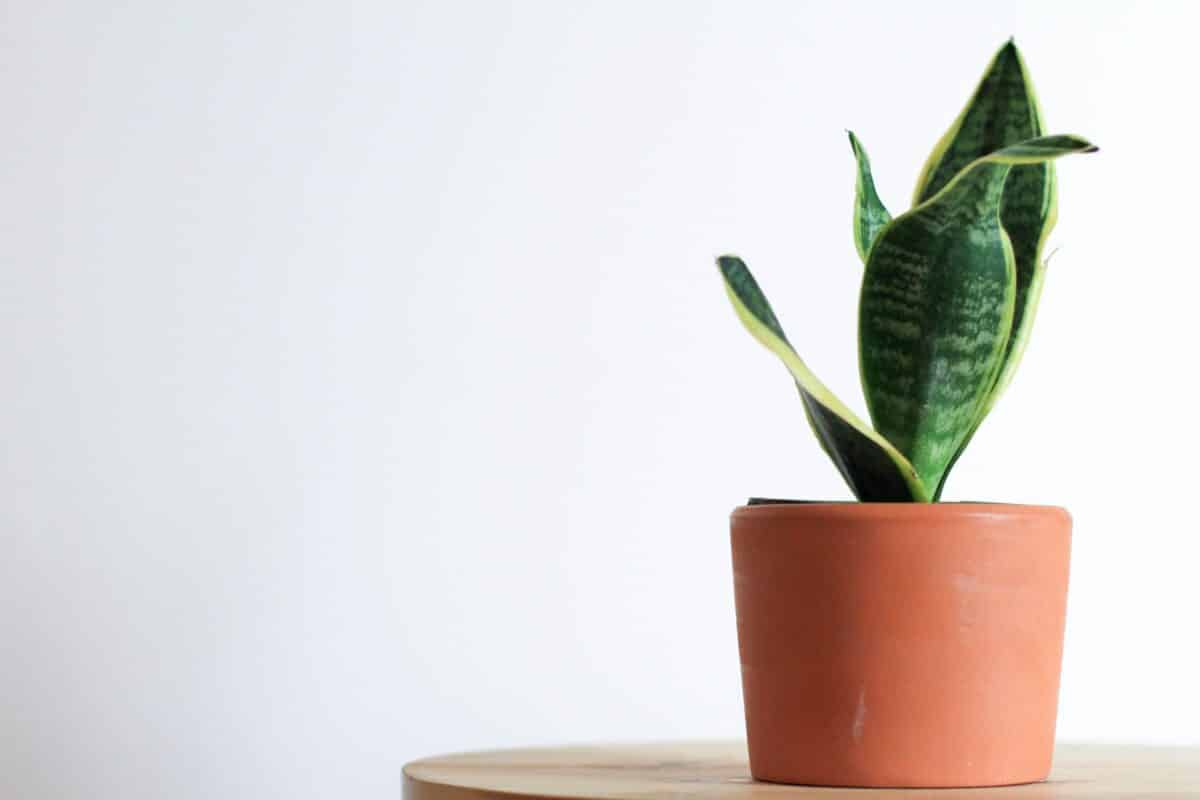
You can also use a physical barrier to keep your cat away from the plants. For example, you can use a plant screen or a cat-proof fence to block your cat’s access to the plants. This will prevent your cat from getting close enough to the plant to take a bite.
#4 Aluminium Foil
Another approach is to cover the soil bed of your plant pot with aluminum foil. The shiny and reflexive texture of the foil is what cats absolutely despise. This way, your cat will surely hate your green friend and keep a safe distance from them.
#5 Provide An Alternative
Cats have a natural curiosity and need to chew on things. Hence, to keep them away from potentially harmful plants, provide them with safe alternatives, such as cat grass or catnip.
Cat grass is a great option for your feline friends. Not only is it safe for them to eat, but it’s also packed with nutrients and can help with their digestion. Plus, cats have a natural craving for grass. Providing them with cat grass can help satisfy that craving and keep them away from potentially toxic plants like snake plants.
Besides, it is easy to grow and maintain, whether you want to grow it indoors or outdoors. This will give your cat a safe and healthy way to satisfy its need to chew on plants.
#6 Train Your Cat
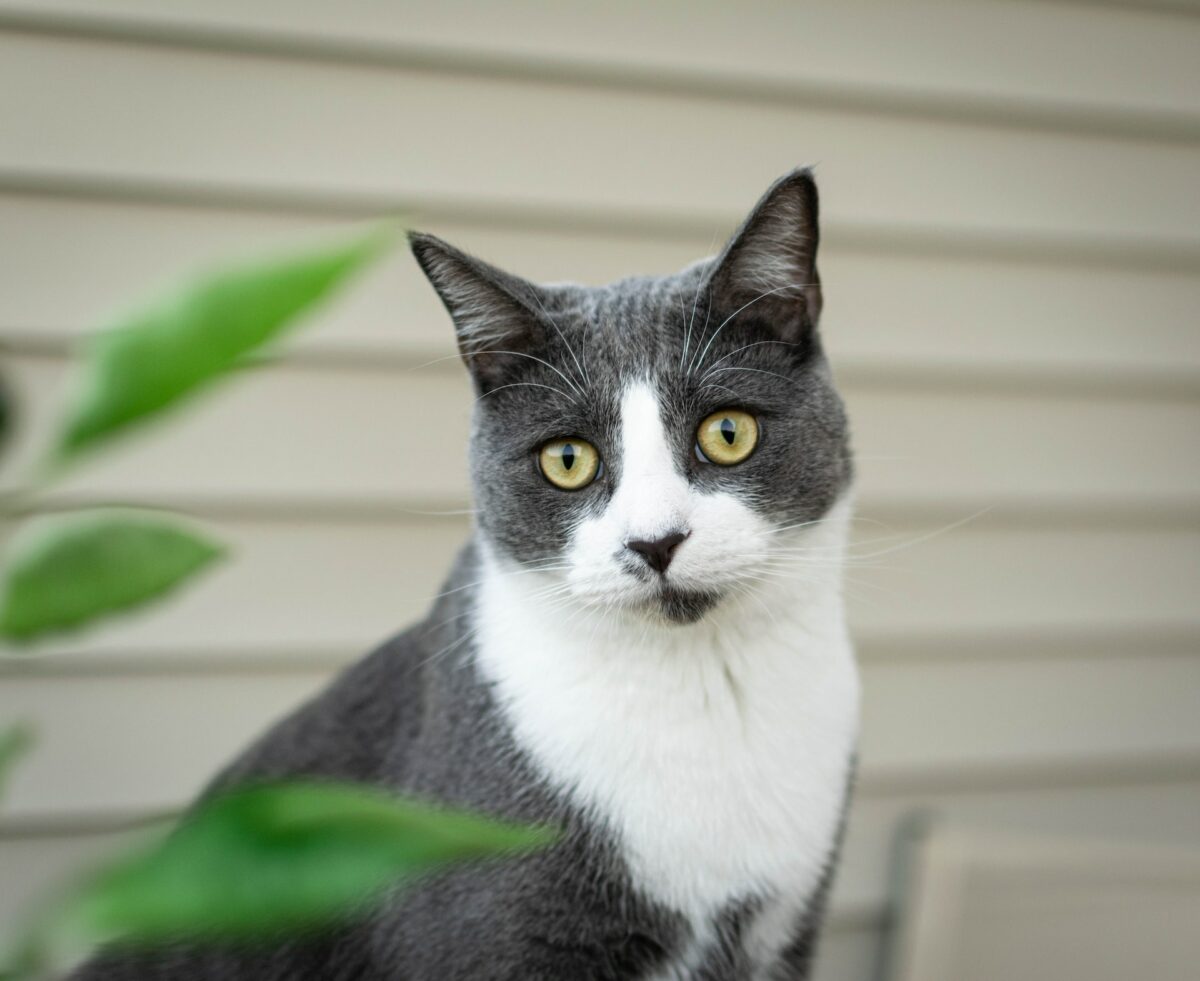
Teaching your cat to stay away from certain plants can also be an effective way to keep them safe. Using positive reinforcement techniques, such as a clicker or treats, to train your cat to avoid plants can be very helpful.
Not only is training effective, but it also helps build trust and strengthen your bond with your cat. Moreover, it’s customizable to fit your cat’s specific needs and is a long-term solution.
Let’s not forget the fact that training exercises can provide your cat with mental and physical stimulation, aiding in keeping them happy and well-behaved. So, give your cat a smart and safe alternative by training them to stay away from toxic plants.
#7 Use a Cat Repellent
There are some commercial cat repellents available that can be sprayed on or around the plants to discourage your cat from approaching them.
Cat repellents can provide an immediate deterrent for your cat and are easy to use, long-lasting, and can be used in junction with other methods, like training or barriers. However, these repellents should only be used as a last resort, as they can be toxic to cats if ingested.
It’s always best to consult with your vet before using any repellents and to make sure it’s safe for cats. After all, it’s best to opt for methods that are less invasive and safer for your cat.
#8 Keep An Eye On Your Cat
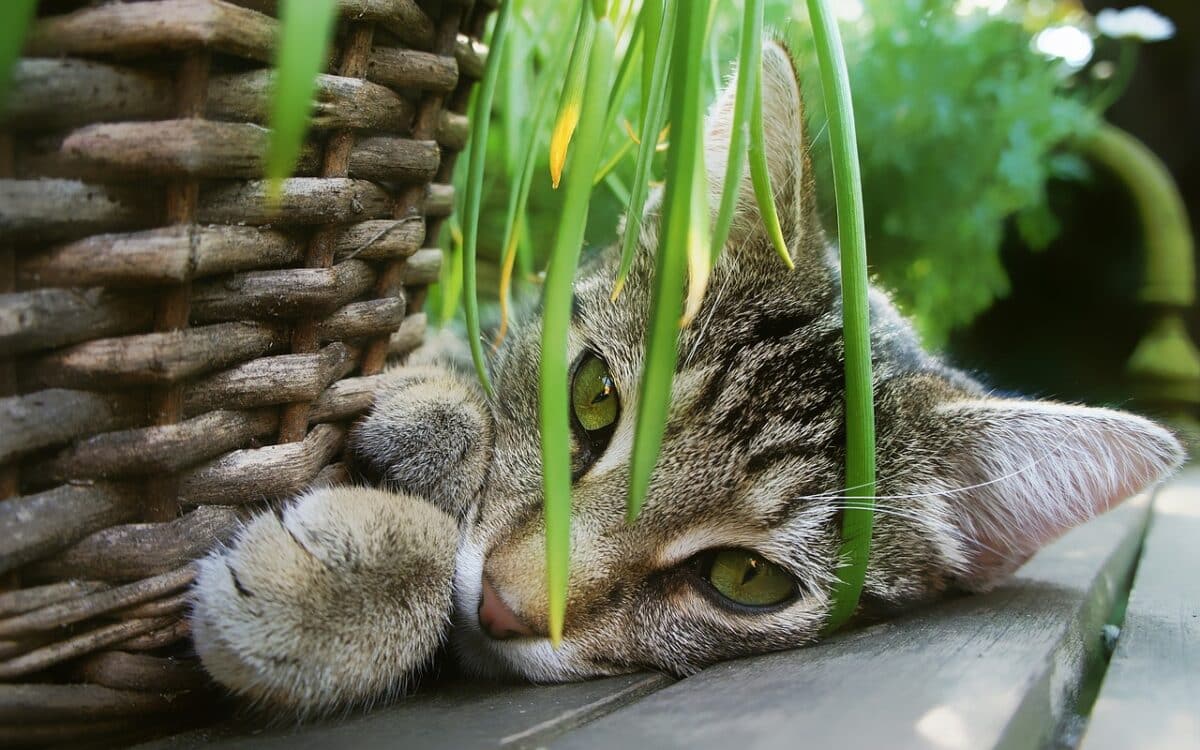
It is vital to keep a check on your cat when they are around plants. Supervise them if they seem interested in a particular plant. This way, you can intervene right away if you notice your cat trying to get close to your snake plant.
Moreover, you can attach a ringing object, such as a bell, to the plant pot. In this way, you stay informed on whether your cat has approached the plant or not and then take action accordingly.
By following these steps, you’ll be able to keep your cat safe and prevent them from ingesting a potentially toxic plant while still being able to enjoy the beauty of your snake plants in your home.
But what if your feline friend is stubborn and not complying with the measures listed above? That would undoubtedly be a frustrating situation for you, especially if you have a deep liking for green surroundings.
But don’t worry! We’ve got a list of alternatives to snake plants that can help maintain the green decorum of your house while being safe for your fellow kitty.
Safe Alternatives To Snakes Plants For Your Cat
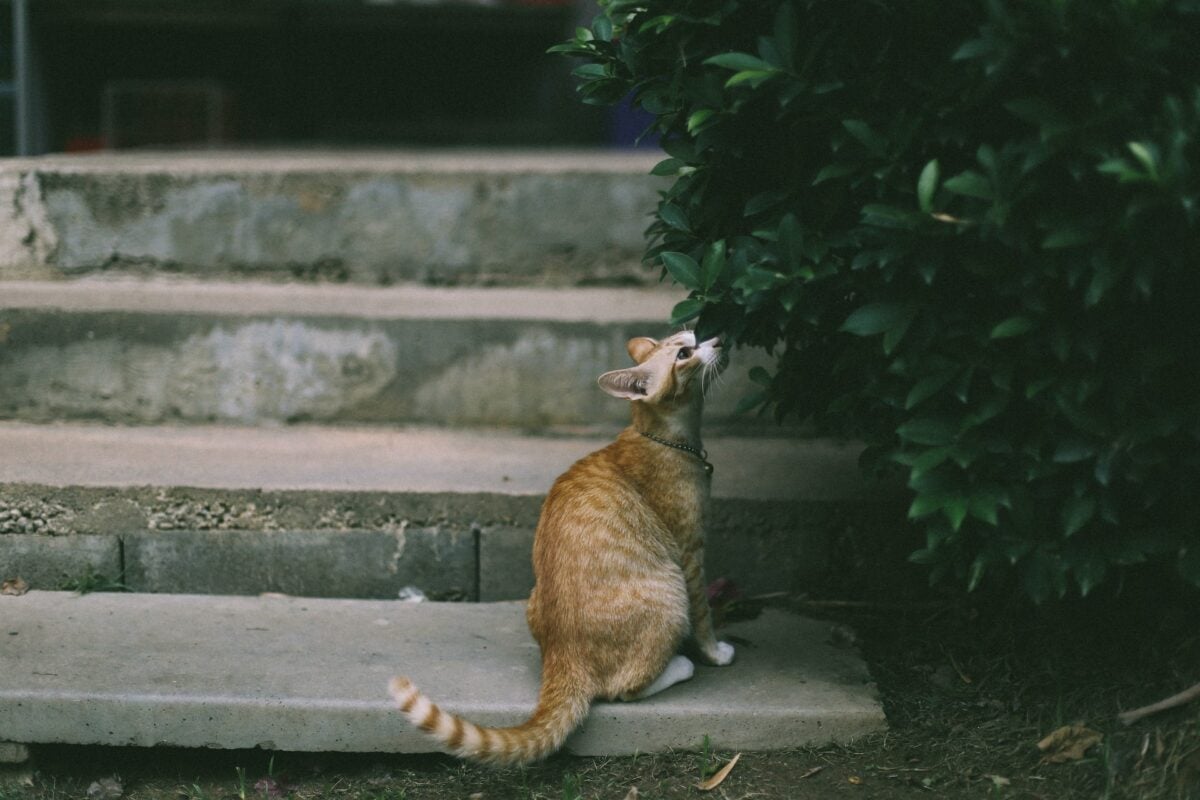
If you are looking for some new plants to add to your home but don’t want to risk your furry friend’s health, there are plenty of options out there that are both safe for your cat and beautiful to look at!
Here are a few examples of safe alternatives to snake plants that you can consider:
#1 Spider Plant
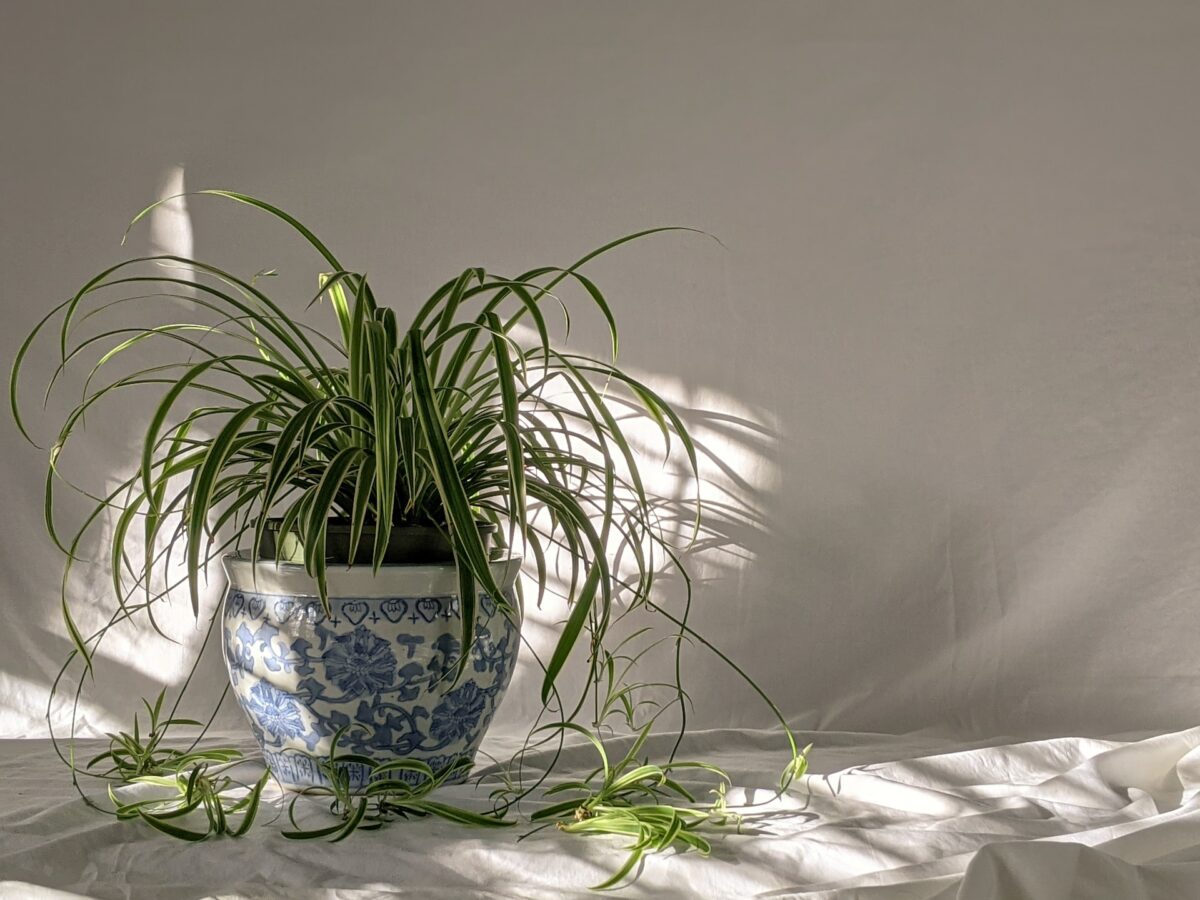
These little guys are not only easy to care for, but they also come in a variety of different colors and sizes. Plus, they’re non-toxic to cats, so you don’t have to worry about your feline friend munching on them.
#2 Bamboo Palm
If you’re looking for a bigger statement piece, a bamboo palm might be the way to go. Not only are they non-toxic to cats, but they also act as natural air purifiers, making your home a little bit healthier for you and your furry friend.
#3 Boston Fern
Boston Ferns are an excellent option for adding some greenery to your home, and they’re safe for cats too! They also help to increase humidity and purify the air.
#4 African Violet
These little flowers are beautiful and safe plants to add to your home. They are non-toxic to cats and also act as natural air purifiers. Moreover, they come in a variety of different colors and sizes, making them perfect for any home.
#5 Chinese Money Plant
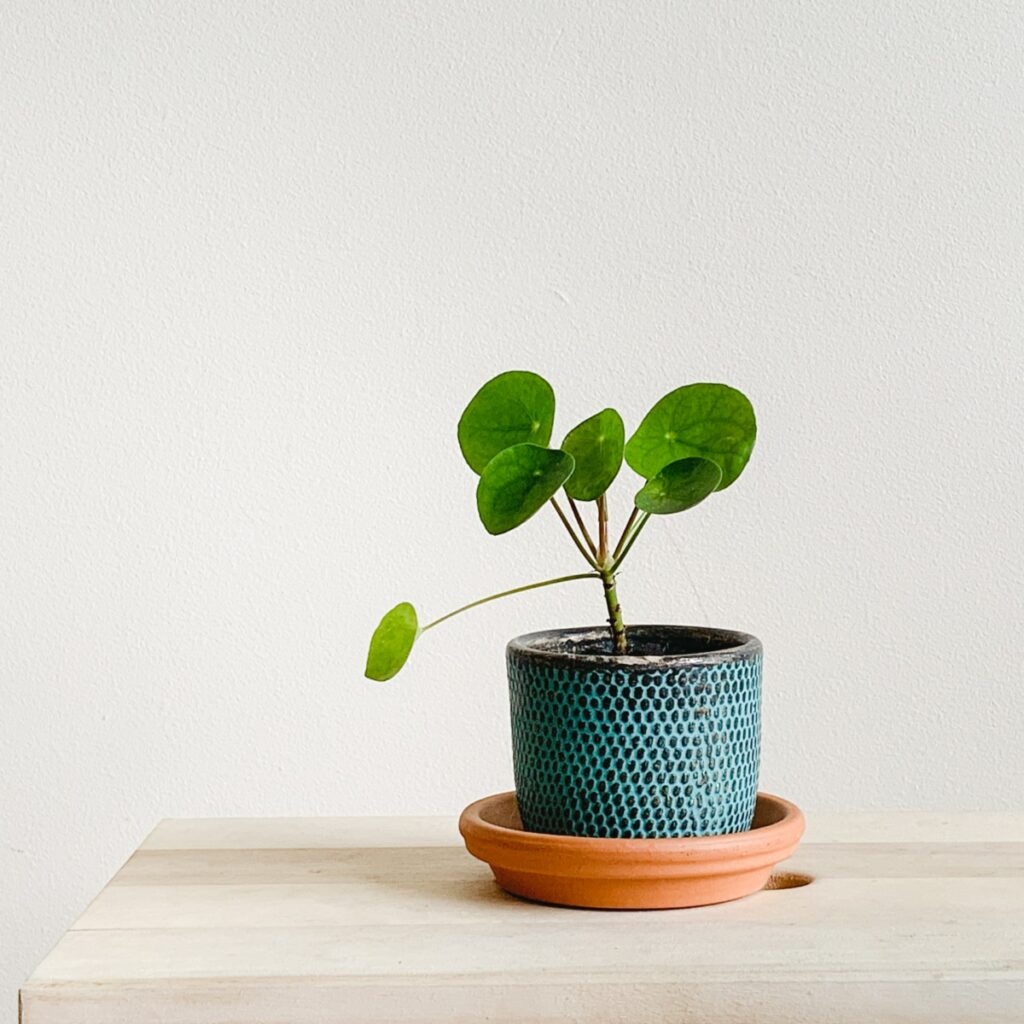
The Chinese money plant is another safe and easy-to-care-for option. They are safe for cats and have attractive round leaves that add to their beauty.
#6 Peace Lily
Peace lilies are an attractive and safe option for your home and are non-toxic to all kinds of pets. Moreover, they keep the surrounding air fresh and clean.
#7 Rubber Plant
Rubber plants are safe for cats and also easy to care for. They can thrive in low light conditions and come in a variety of different sizes.
#8 Christmas Cactus
The Christmas cactus is not only beautiful, but it is safe for cats and also easy to care for.
If you want to look into more cat-friendly plant options, click here.
Unsafe Plants For Cats
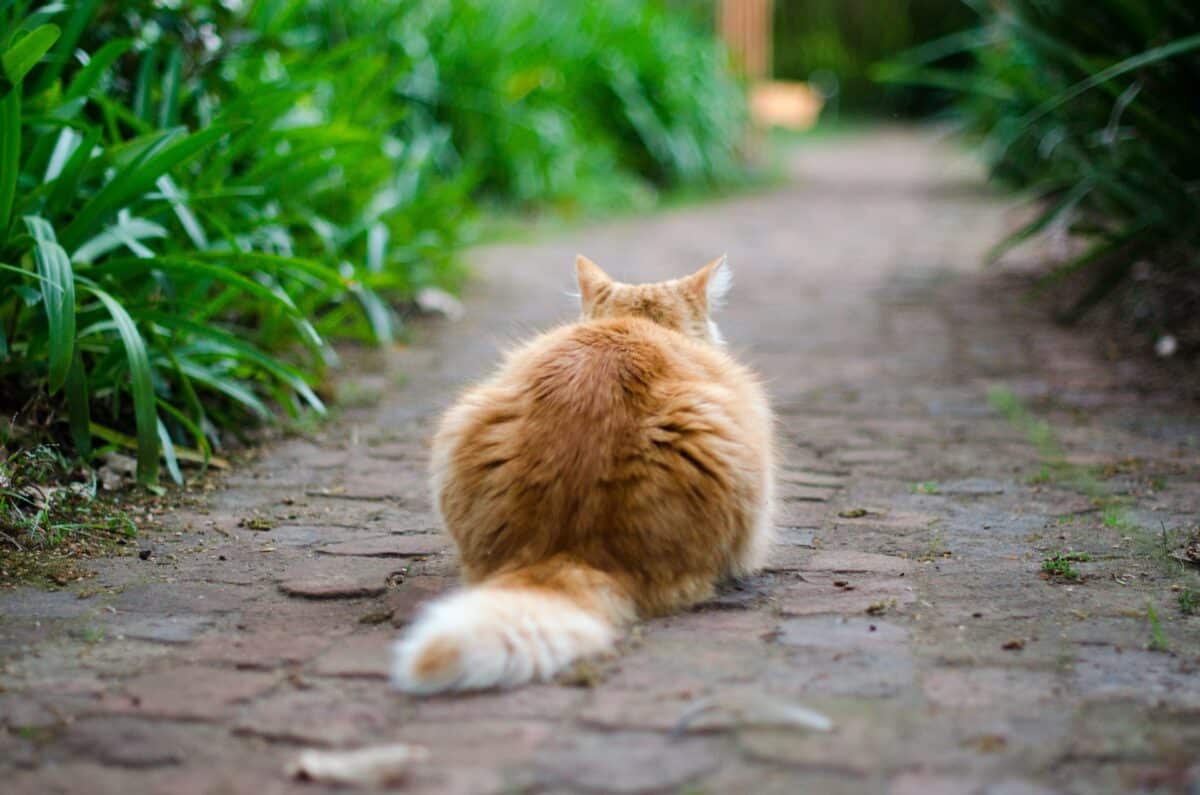
When looking for alternatives to snake plants, you don’t want to get rid of one toxic plant from your home and introduce another one. Therefore, keeping yourself informed about the plants that may be toxic for your feline friend is essential.
There are a lot of common houseplants that can be toxic to cats if ingested. Here are a few examples:
#1 Dumb Cane (Dieffenbachia)
These plants contain some not-so-friendly compounds called calcium oxalate crystals that can cause oral irritation, excessive drooling, and difficulty swallowing for your kitty.
#2 Elephant Ear
These plants may look big and tough, but they also contain calcium oxalate crystals which are highly toxic to felines.
#3 Swiss Cheese Plant (Monstera)
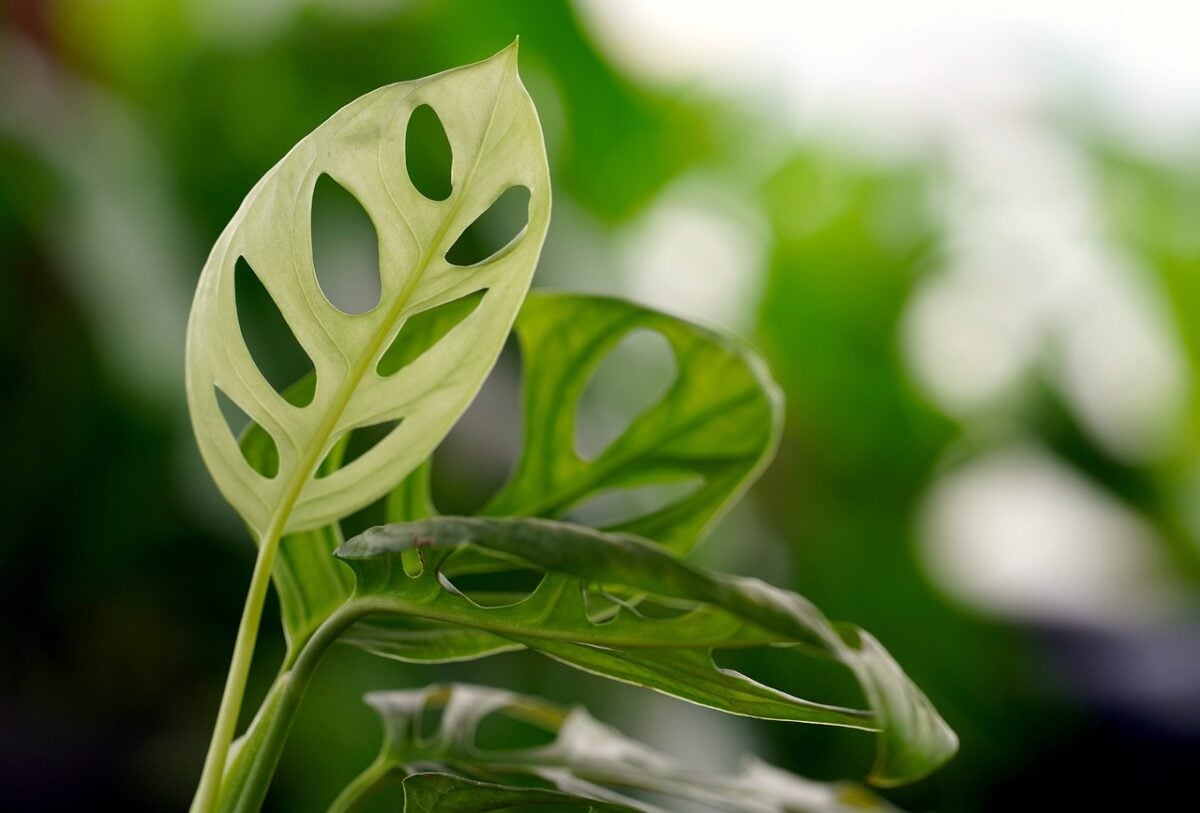
These plants may have cool holes in their leaves, but they also contain calcium oxalate crystals, making them toxic to cats.
#4 Poinsettia
These holiday favorites may look pretty, but they can cause vomiting, drooling, and an upset stomach if ingested by cats.
#5 Lilies
These flowers are highly toxic to cats and can cause kidney failure if ingested.
#6 Sago Palm
These plants may look like a cute addition to your home, but they are highly toxic to cats and can cause liver failure if ingested.
#7 Ivy
Ivy plants look pretty hanging from your walls, but they contain triterpenoid saponins, which can cause diarrhea, vomiting, and other gastrointestinal problems in cats if ingested.
#8 Tulips

Tulip bulbs may be breathtaking to look at, but they are toxic to cats and can cause diarrhea, vomiting, and other gastrointestinal problems if ingested.
#9 Aloe
Aloe plants are known for their healing properties for humans, but they contain compounds called anthraquinones, which can cause vomiting, diarrhea, and other gastrointestinal issues in your cat.
Remember that this is not an all-out list, and there are many other plants that can be toxic to cats. Therefore, always check the toxicity level of any plants you are considering and consult with your veterinarian for further assistance.
The Final Word
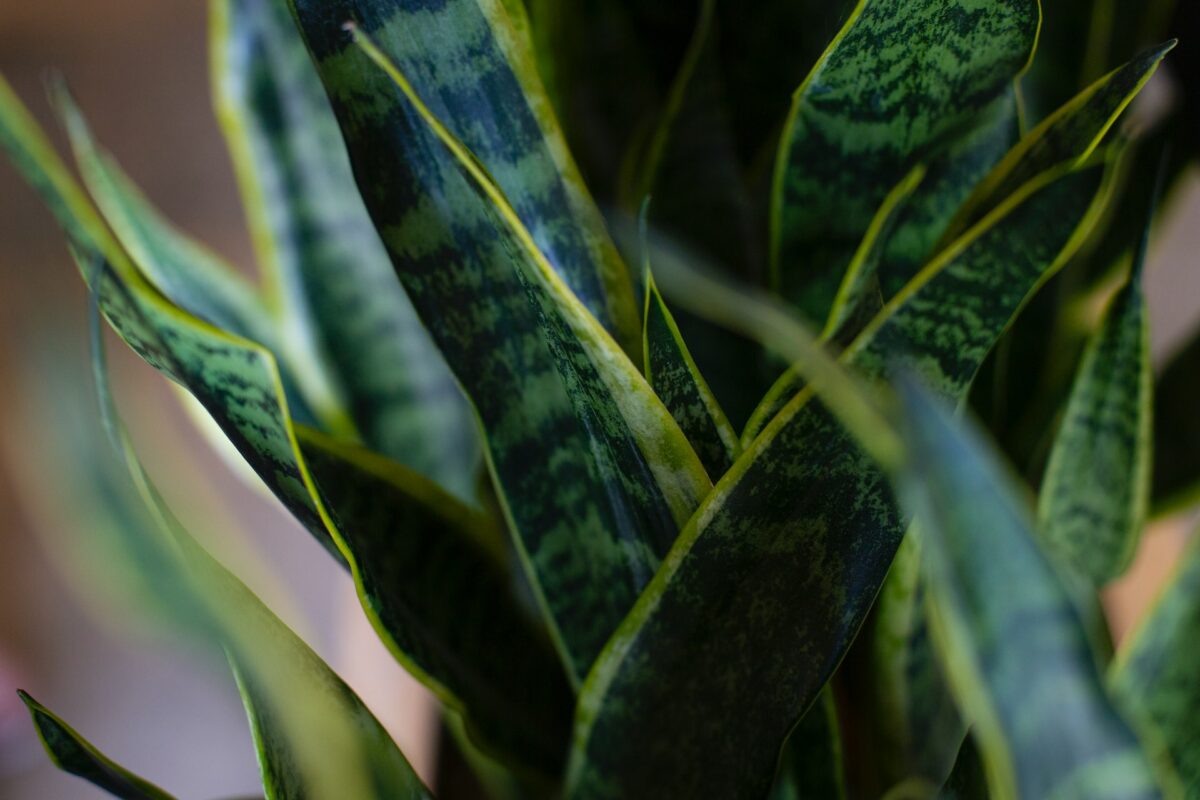
| KEY POINTS |
| Snake plants contain a toxic group of compounds called saponins and tiny little crystals called calcium oxalate, which are toxic for cats. |
| The saponins can cause a number of adverse reactions in cats, including vomiting, diarrhea, and other gastrointestinal issues. |
| If you witness a severity in the symptoms, seek veterinary help immediately. |
| To keep your cat away from eating snake plants, you must keep them out of reach, provide a safe alternative plant for your cat to chew, or train your cat to stay away from plants. |
There is a good reason that snake plants are a popular choice for decorating our homes; they’re simply beautiful and bring any room to life. But, being a cat owner, you may have to compromise on your liking for snake plants in order to save your kitty from long-term illnesses.
Despite the presence of a variety of snake plant called the sansevieria trifasciata laurentii (or the bird’s nest snake plant), which is not toxic to cats, it is always best to avoid keeping both your feline and green friend under one roof.
If you want to surround your home with plants while keeping your cat safe and sound, it’s always a good practice to check the toxicity level of any plants you are considering buying. Consult with your veterinarian if you have any concerns or are unsure about a plant you want to bring into your home.
Thank you for reading this article! To dive even deeper into the world of cats, keep reading with us and learn about Coyote Scat.
- Chicago Cat Jumps From 5th Floor of Burning Building and Survives - April 22, 2024
- The Cruelest Contest in the World: Rattlesnake Round-Ups - April 21, 2024
- Rare Footage: Wild Fox and Pet Cat Play-Date - April 21, 2024

